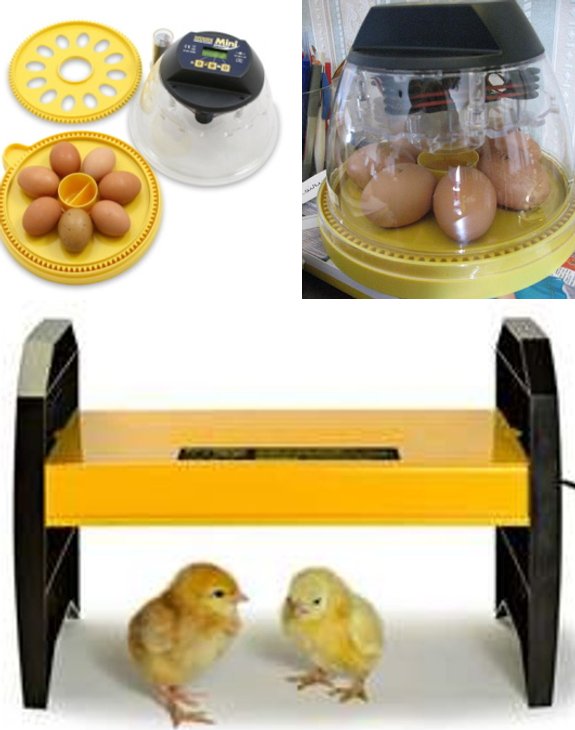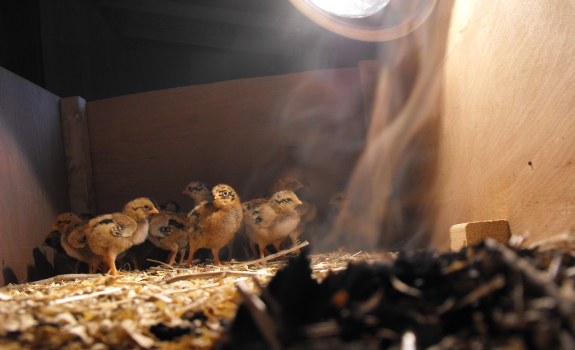
New chick gear

We've decided to give up on
our Cochin hen going broody and ordered some new chick gear.
The above mini advance
incubator only holds 7 eggs at a time, which feels like it might be
just enough if we plan on doing multiple sets throughout the year.
 Using
the Eco-Glow chick brooder might pay for itself pretty quick compared
to the old heat lamp
system. They claim it's one 10th the cost at only 18 watts. Last year I
made an error in judgement when choosing the proper
distance for a heat lamp and almost burned the brooder down. This
new type of heat delivery feels 10 times safer, and I like the idea of
the chicks getting the full day night cycle. That light being on all
the time caused me to wonder if it was adding stress where we didn't
need it.
Using
the Eco-Glow chick brooder might pay for itself pretty quick compared
to the old heat lamp
system. They claim it's one 10th the cost at only 18 watts. Last year I
made an error in judgement when choosing the proper
distance for a heat lamp and almost burned the brooder down. This
new type of heat delivery feels 10 times safer, and I like the idea of
the chicks getting the full day night cycle. That light being on all
the time caused me to wonder if it was adding stress where we didn't
need it.
Want more in-depth information? Browse through our books.
Or explore more posts by date or by subject.
About us: Anna Hess and Mark Hamilton spent over a decade living self-sufficiently in the mountains of Virginia before moving north to start over from scratch in the foothills of Ohio. They've experimented with permaculture, no-till gardening, trailersteading, home-based microbusinesses and much more, writing about their adventures in both blogs and books.
Want to be notified when new comments are posted on this page? Click on the RSS button after you add a comment to subscribe to the comment feed, or simply check the box beside "email replies to me" while writing your comment.

Hi there Walden's,
I hope that coffee pot works out for you, if it does I may be interested. I don't need chicks, our 4 city chickens are great workers, giving us eggs and keeping weeds down. It would be fun to have chicks though (with out the hassle of heat lamps etc). I'm glad I found you folks, although I don't remember how.
Cheers Shane
I think you reduce the distance by at least that much, actually. The eco-glow has radiant heat, and is made so that you can let the chicks actually touch the heating surface, mimicking how they would huddle under a mother hen. In contrast, a brood light is usually rated to be no closer to the birds (and bedding) than about 18 inches. Basically, the light is heating the air, not the chicks.
I won't be convinced until I try it, but so far, I think the idea is ingenious!
Every incandescent light bulb produces way more heat (90%) than visible light (2%).